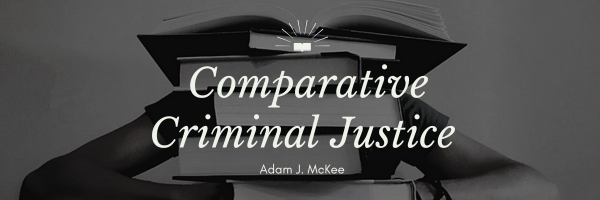Across the globe, the administration of justice is shaped by diverse legal traditions, societal values, and historical influences. From the adversarial dynamism of common law systems to the codified predictability of civil law, these frameworks reflect the unique cultural and political landscapes in which they developed. At the same time, the role of religion and custom, the tension between centralized and decentralized governance, and the demands of international cooperation add layers of complexity to how justice is defined and delivered.
Reading Time: 2 minutes
While my Ph.D. is in Administration of Justice from an American institution, I have done my best to provide accurate information about other countries’ criminal justice systems. I welcome corrections or additional insights from experts and professionals—please contact me via email or the comment box below.
This chapter delves into these themes, offering a comprehensive exploration of how legal systems differ and intersect. Section 8.1 introduces the two dominant legal traditions—common law and civil law—tracing their origins, sources of authority, and courtroom practices. In Section 8.2, the enduring influence of religion and custom is examined, with Islamic law and indigenous practices providing compelling examples of how tradition continues to shape modern governance. Section 8.3 shifts focus to the organizational dynamics of justice systems, contrasting centralized models that prioritize uniformity with decentralized systems that emphasize local autonomy.
As the world becomes more interconnected, international cooperation is increasingly critical. Section 8.4 addresses the challenges and mechanisms of global collaboration, from extradition and mutual legal assistance to the pivotal role of organizations like INTERPOL. Finally, Section 8.5 looks to the future, exploring how technological innovation and globalization are transforming criminal justice. Emerging trends such as AI-driven policing, digital forensics, and evolving legal norms demand fresh perspectives and adaptive strategies.
Together, these sections highlight the multifaceted nature of criminal justice. By understanding how legal systems operate, integrate tradition, and respond to global challenges, we gain valuable tools for navigating an increasingly complex and interconnected world of law and order.
Modification History File Created: 01/23/2025 Last Modified: 01/23/2025
You are welcome to print a copy of pages from this Open Educational Resource (OER) book for your personal use. Please note that mass distribution, commercial use, or the creation of altered versions of the content for distribution are strictly prohibited. This permission is intended to support your individual learning needs while maintaining the integrity of the material.
This work is licensed under an Open Educational Resource-Quality Master Source (OER-QMS) License.

